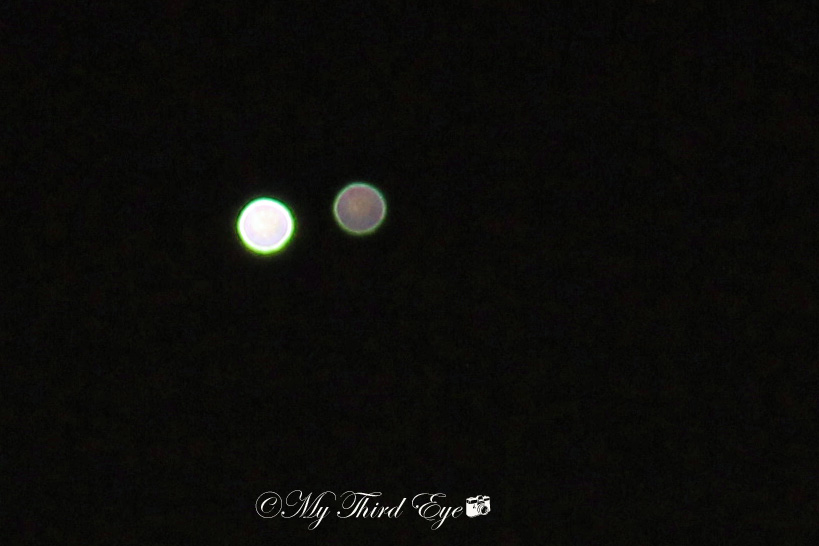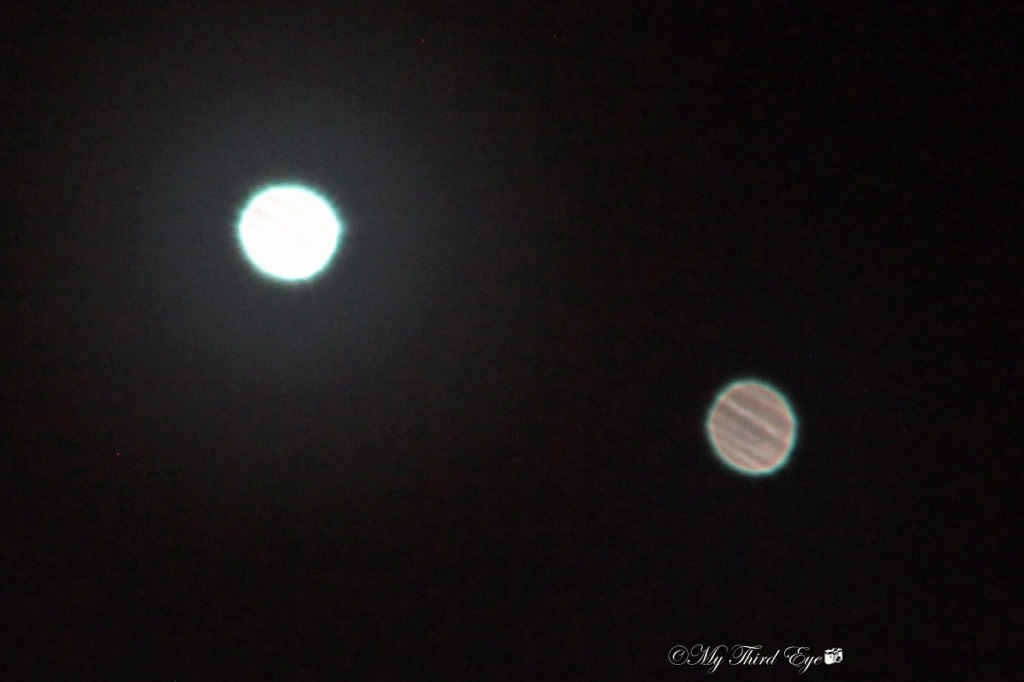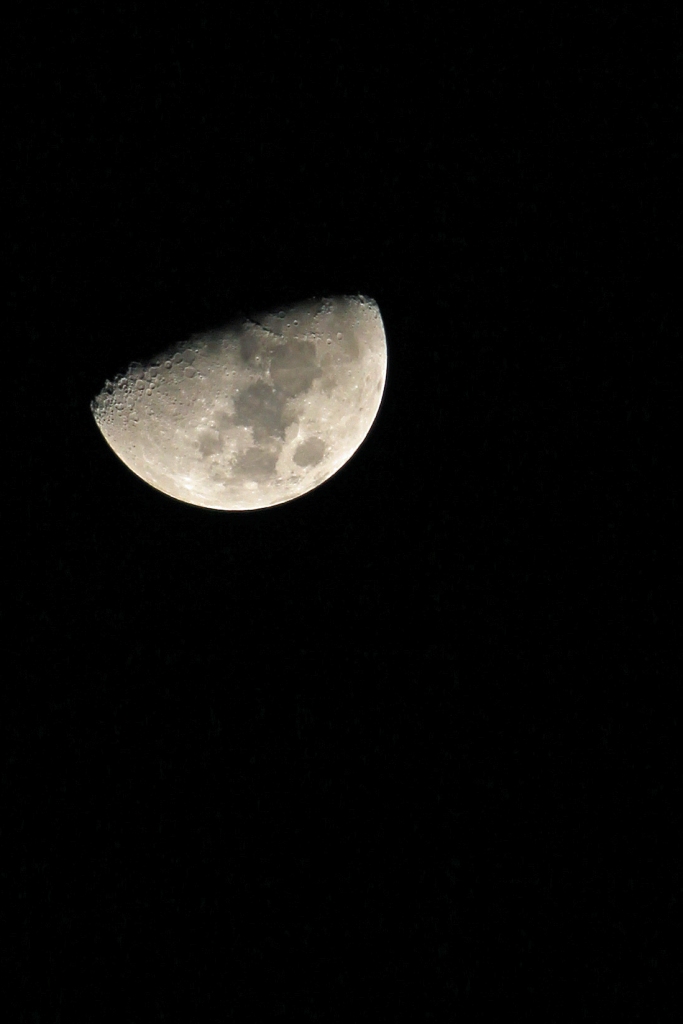Star gazers brace up for the spectacle “Star of Bethlehem” with the conjunction of rocky Venus and gaseous giant Jupiter in late June and early July of 2015 in earth sky!
It’s time to pull out the gears to capture the gleaming planets(both their discs are good reflectors of light due to their cloud cover) that will appear the roughly same size and will be closest (less than the diameter of the moon). These celestial bodies coming into the vicinity of each other with the nearest on June 30. We can catch this rare encounter through this month as they are aligned on nearly the same line of sight according to NASA
Their next closest coming will be on August 27,2016.
This unusual yet amazing show can be viewed shortly after sunset in the North-West/West horizon.
Astrophotography is all about catching the actions in our sky dome. With modest stargazing equipment and access to dark skies one can capture panoramic pictures. One can start with something familiar in the horizon like the moon and slowly explore the unexplored!
Type: Amateur Astrophotography

Venus & Jupiter EXIF: Aperture-f/4, Shutter Speed: 1/2Sec, ISO:400, Focal length:55mm Camera- Canon EOS Rebel T2i/550D

Venus(Brightest) & Jupiter EXIF: Aperture-f/5.6, Shutter Speed: 1Sec, ISO:400, Focal length:214mm Camera- Canon EOS Rebel T2i/ 550D

Half Moon EXIF: Aperture-f/5.6, Shutter Speed: 1/250Sec, ISO:100, Focal length:250mm Camera- Canon EOS Rebel T2i/ 550D
Basic Tips & Techniques:
- Prepare well in-advance with the required gears for such big events as it takes time to set the right frame
- Use telephoto lens with a focal length of 300mm and above for closeup photography & wide angle lens to capture constellation
- Long exposure (>1″) with shutter priority mode or manual mode with large aperture to allow accumulation of light photons
- Push your ISO(400, 800) as high to pick up finer details of the environments
- Use heavy tripod or a stable platform for your camera to support the long exposure
- Aim to shoot the visible planets (i.e., Venus, Jupiter, Mercury, Mars & Saturn). Their visibility schedule & co-ordinates are available in many websites; few are listed below
- You may use the app “Google Sky Map” on your smartphone to identify & track the celestial bodies
- Of course at the end use post processing to correct any minor corrections
Following URLs are a good starting points for stargazers
I’d love to hear what you think about this post. Let me know in the comments.
How many megapixels is the original Jupiter/Venus photo? I’d like to know because I also have a 300mm lens and I don’t get nearly as much detail. Did you use RAW mode? Thanks.
LikeLike
I was using 24.1MP cam. I did little post processing of JPEG output
LikeLike